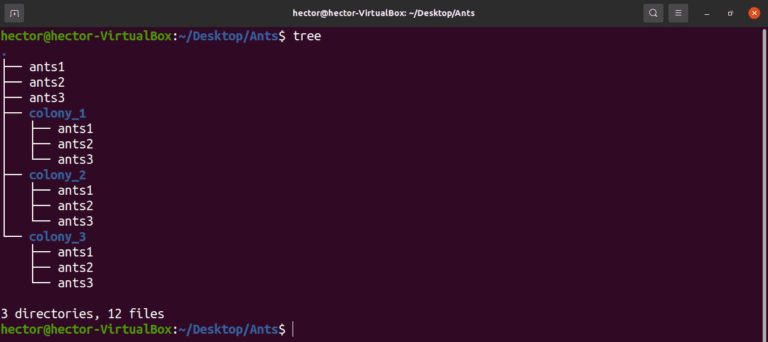


UNTAR .GZ FILE ARCHIVE
Extract a member from the archive as a file object. TAR.GZ is a widely used archive type in the Linux community. Option 2 $ tar -xzf -wildcards -no-anchored '*contract*' and that archive::archiveextract(, fileswp2011-survey/anon-data.csv) is quite a bit faster than the in-built base R untar (especially for large. reads and writes gzip, bz2 and lzma compressed archives if the respective. GZ files TAR.GZ is a special type of archive that is being handled with the help of tar tool.

tar.gz, you can use the Convert feature in Archiver and choose TAR.GZ among the options. Use Space to preview your file in Quick Look. Then you extract what you want using: $ tar -xzf To unzip GZ file with Archiver: Launch Archiver. Using the ls -1 command: List one file per line ls -1. In the example below, use the following command to see the decompressed file.

Using the gzip -d command: Unzip GZ file gzip -d file.gz. Using the gunzip command: Unzip GZ file gunzip file.gz. This will list the details of all files whose names contain your known part. Tar is an archiving program designed to store multiple files in a single file (an archive), and to manipulate such archives. In the example below, the following commands are equivalents. Now run the following command in the command line of Terminal: gunzip filename.gz. For example, if your file is in /xyz/Documents, then type this command followed by Enter: cd /xyz/documents.
UNTAR .GZ FILE FULL
You have two options:Įither use tar and grep to list the contents of your tarball so you can find out the full path and name of any files that match the part you know, and then use tar to extract that one file now you know its exact details, or you can use two little known switches to just extract all files that match what little you do know of your file name-you don't need to know the full name or any part of its path for this option. Basic syntax: tar -zxvf Where: - x tells tar to extract the files - v tells the command to list all of the files in the archive - z tells the tar command to uncompress the file (gzip) - f tells tar that you are going to give it a file name to work with. In the Terminal window, use the 'cd' command to take you to the specific folder where your gz file is present. extracted to a directory where the folder name matches that of the file (mostly in ‘file-1.0’ in the current location). You must also use tar as a command for uncompressing the bzip2 file. * GNU bash, version 4.3.Let's assume you have a tarball called and you just know there is one file in there you want but all you can remember is that its name contains the word contract. How Do I Untar A Tar File You should use the command prompt tar: xzf - to uncompress the gzip (.) tar Yjf file. I tested these snippets using or in: * Linux debian 3.16.0-4-amd64 #1 SMP Debian 3.16.7-ckt9-3 () x86_64 GNU/Linux $ for program in tar unzip untar do # You could simply add to this list. You could use variants of this for loop, if you like adventure :-) # In case of compressed files inside compressed files this will Use a looping construct to decompress each file.ĭecompress all files in the current directory: $ for file in `ls -1` doĭecompress all archives in the current directory and any subdirectories (my personal favorite): $ for file in `find *` doĭecompress all archives recursively and do the same again for any remaining: # Make the above loop a function to be called more than once Use bash and the utility find to output to the console a list of all contents from the present directory. You want to decompress all compressed files inside a directory and all its subdirectories.


 0 kommentar(er)
0 kommentar(er)
